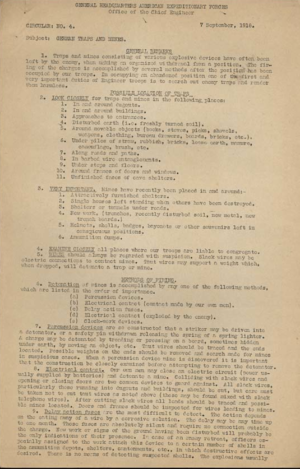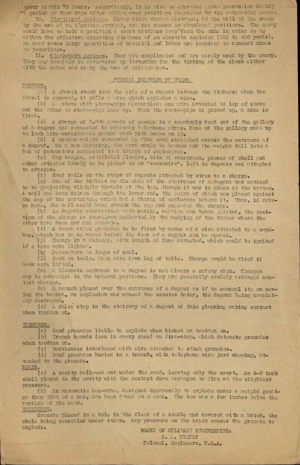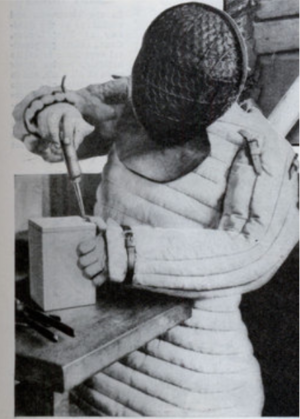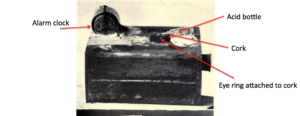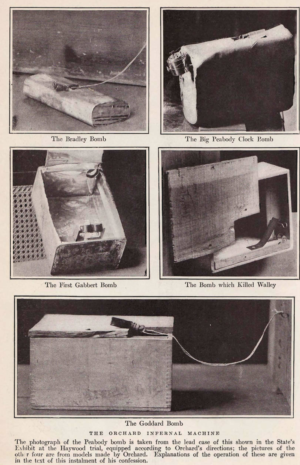Careful reading of the excellent book “The sinking of the USS Cairo” by John Wideman, has allowed me to piece together some of the Confederate “IED” organization in the US Civil War and pull together some threads of incidents I’ve previously blogged about. Here’s a simplified summary with a series of links to the relevant posts
The leader of many such IED activities was Brigadier Gabriel Raines. Raines’s interest in IEDs went back to the Second Seminole Indian war in Florida, where he deployed IEDs against the Seminole Indians in 1840.
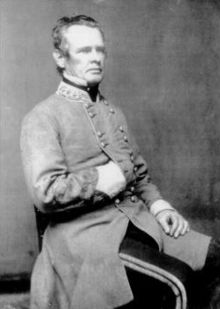
Gabriel Raines
Later, when the US civil war began he rapidly proposed the use of similar devices, and used them successfully in the retreat after the Battle of Williamsburg in 1862.
This book is a reprint of Raines technical notes about a number of munitions and IEDs.
Raines oversaw the Confederate use of such devices from the Confederate War department’s Torpedo Bureau (“Torpedo”) being a term that then covered a range of land and sea explosive devices). At the beginning of the war, Raines’s devices were very much improvised, but eventually volume requirements and industrial processes evolved such that eventually many can be considered manufactured munitions. Within the confederate forces the use of explosive devices was broad ranging and what follows is not the sum total, but there appear to have been two units.
The first was the Confederate States Navy submarine Battery service, under Hunter Davidson which appears to have been responsible for coastal defence sea mines and the like, often electrically initiated. In particular this unit had significant success on the James River. Later in the war attention turned to spar torpedo boats (boats with an explosive charge attached to a long spar which were used to ram enemy boats) . Hunter Davidson is an interesting character who I’ll write about in the future. Here’s an angry letter he wrote in 1874 when some impertinent Brirtish Engineer officers claimed to have invented electrically initiated sea mines
The second unit, was commanded by the one-armed perpetrator of the sinking of the USS Cairo on the Yazoo River, Zere McDaniel
Zere McDaniel was responsible for
- Riverine IEd operations such as the sinking of the Cairo
- “Land torpedoes” in defence around Richmond, that used artillery shells adapted to detonate when stood upon (designed by Raines)
- “Behind the lines” IED and associated sabotage and intelligence operations.
The latter enterprises were as head of a Confederate secret unit “ Company A, Confederate secret service. The unit was formed in 1864 according to instructions that can be seen on this web page – a lovely document!
Some examples of the “behind the lines” operations included the explosion at City Point by Maxwell who reported directly to McDaniel and who used a time bomb or “horological torpedo”
Attacks on trains by Zere McDaniel himself using an IED which I’ll discuss in a future blog once I have found more detail. Suffice to say that the initiation mechanism appears to have been an improvised wire hook which protruded from under the track and “hooked on” to the front of a passing train, probably pulling a friction initiator.
The confederate use of IEDs appears to have been positively encouraged and a secret law was passed awarding a bounty to confederate supporters who designed IEDs and used them to attack Union forces, awarding the designer 50% of the value of the target. McDaniel himself tried to claim for his attack on the Cairo, but failed in his appeal. In 1864 McDaniel reported that his unit were engaged in continuous active operations , with elements operating “behind enemy lines” in Kentucky, Virginia and elsewhere
I see interesting parallels between the innovative use of munitions and explosive devices in the US civil war and the remarkable inventiveness of Syrian opposition forces in today’s Syrian civil war.

